In our growing digital world an online portfolio of images is now the preferred way most photographers choose to showcase their work. Whether you want to attract more business from potential clients or simply show off your best photos to family and friends, here are five key steps to help you create a stronger online portfolio.
1. Focus Your Content. Narrow the focus of your work to show only the types of images you want to specialize in. It's important to understand what audience you plan to target and then create a specific objective for your portfolio. For example, if you want to target future brides and market yourself as a wedding photographer, don't show images of landscapes and travel in your portfolio. If you have two or more audiences you may consider creating separate portfolios for each audience (ex: your commercial work and wedding work). By considering your audience and objectives you will find that the whole portfolio creation process will be much easier.
Example: Timothy Allen
Timothy Allen's portfolio is a great example of focusing content. Timothy shows some of his strongest editorial and documentary work in a beautiful collage of images. When looking at his photos you get a good sense for his style and genre of photography.
2. Show Your Strongest Work. This is probably the hardest but most important step in creating a strong portfolio. It is always better to focus on quality rather than quantity during your selection process. It is better to include 10 outstanding images in your portfolio than to have 15 images with 5 being average photos. Narrow down your images to include only your strongest work and give yourself plenty of time while making your selections.
In an article titled Edit, Edit, Edit, Nick Turpin writes, “Especially now in the digital age when we produce so many images so easily and quickly, editing has become crucial to the success of your photography, every ‘poor' image that sneaks through weakens your whole portfolio dramatically.”
Eric Kim states on the topic, “When people stumble upon your portfolio, they rarely look past the first few images or even past the first page. Therefore make it a point to keep your portfolio as tight and well-curated as possible. It definitely is true that first impressions do count, and people do judge books by their covers.”
So how do you know what your best work is? Get some feedback first from different people before selecting what images to use. Family and friends can sometimes offer good advise, but may not always tell the honest truth. Getting feedback from other photographers, editors or by joining photo contests may be a better option. There are numerous places to get feedback today online including, 1x.com, 500px.com, Flickr, One Eyeland, and Digital Image Cafe to name a few. You could even try posting some images on social networking sites to help you see what photos resonate better with people.
Example: Steve McCurry
Steve McCurry has obviously had a long and successful career creating stunning imagery for National Geographic and other publications. He has taken thousands and it's probably more accurate to say millions of photos throughout his career. When you visit Steve's online portfolio you will see a selected handful of his strongest images arranged into a variety of categories.
3. Organize Thoughtfully. Organize your work to make it easier for your viewers to understand what they’re looking at. You shouldn’t be presenting every photo on your site in the same place, so some type of organization is usually necessary. Even if it’s something as simple as “Landscapes”, “Places”, “Wildlife”, or “Portraits”, thoughtful organization helps create a stronger and more dynamic portfolio.
Example: Mitchell Kanashkevich
Mitchell Kanashkevich arranges his portfolio into two main sections called “Singles & Best Of” and “Photo Stories.” He then goes on to further organize his images into more specific topics such as “Everyday Life,” “Traditions and Culture” and “People at Work.” The way he has arranged and organized his photos gives the viewer a very clear understanding of the type of work he does.
4. Think About Presentation. The way you present your portfolio can change the viewers impression of your work. What background color you use, arrangement of your photos, image size or even font style are all things we need to think about. There are a myriad of ways to design our portfolios and what you choose will ultimately depend on personal taste. The main thing to remember is to let your photos be the star of the show.
Things to keep in mind when designing your online portfolio:
Image Size: Larger images generally have more impact than smaller ones. Images between 600 pixels to 1200 pixels are good sizes for online viewing. Keep in mind though of your file sizes and realize that everyone may not have a high speed internet connection.
Navigation: Keep your navigation simple with clear text or easy to find buttons. Large or overly colorful links may take attention away from your photos.
Additional Information: Provide any additional information that the viewer may be interested in and may not be able to gather from your photos alone. This could included the photo location, the date photographed, a caption or some background information if it's a photo essay. Including these details can often give your audience a better understanding of your work.
Call to Action: It's important to have some kind of call to action for your viewer after they are finished seeing your images. What this call to action is will depend on the audience you are targeting. However, without giving your viewers the option to act you may be limiting the potential benefits your portfolio can provide. A call to action could be a contact link, email signup, a comment section or a way to purchase a print.
Example: Melissa Farlow
Melissa Farlow's portfolio provides background information about each of her photo documentaries giving additional depth and insight into her stories (she also provides a caption for each individual image). Navigation on her site is straightforward and her images are large appearing at 960 pixels. She provides a call to action in each gallery allowing the viewer to see more images, view different galleries, contact her or make print purchases.
5. Update and Revise. As you take more photos and your work improves replace your old images with newer ones to keep things fresh. It's important to show new work to let your audience know you are actively shooting and practicing your craft. Keeping things fresh also means keeping your portfolio up-to-date with current web technology. Technology changes fast and staying current can often give you an edge, improving your portfolio look and functionality.
Example: Ami Vitale
Ami Vitale organizes her portfolio using Photoshelter galleries. By using a company like Photoshelter you can easily create galleries and add new content to your site with minimal knowledge of web coding. Other companies offering similar services include; SmugMug, Livebooks and Squarespace.
Jacob Maentz is a freelance travel, culture and documentary photographer currently based in the Philippines. You can visit his website here, read his articles on his blog, follow him on Facebook or Twitter.

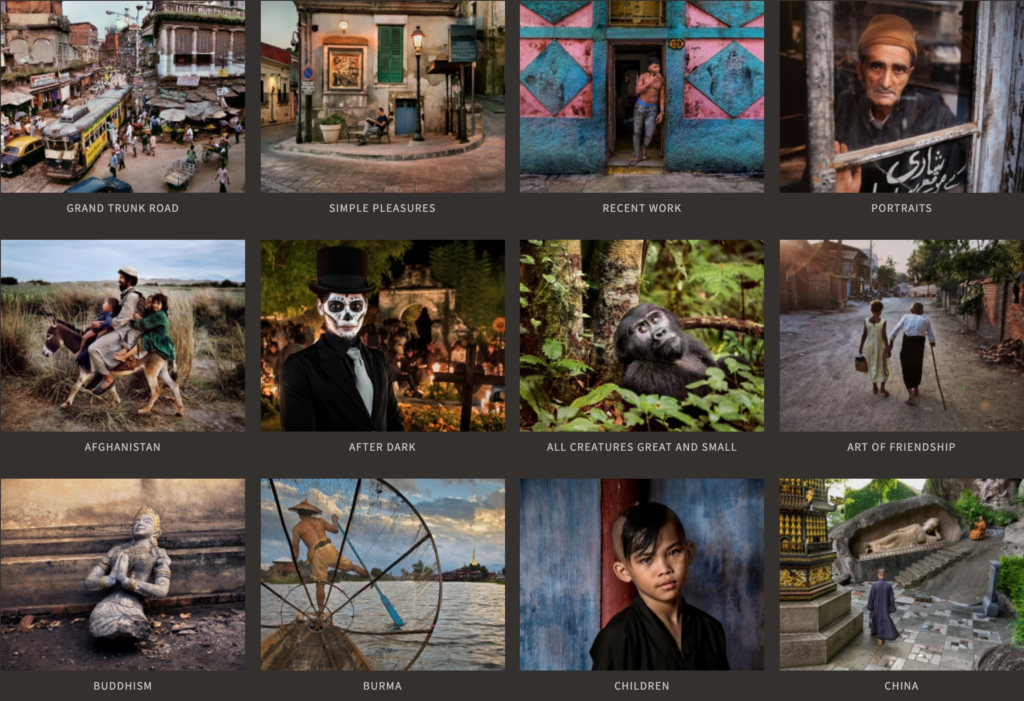
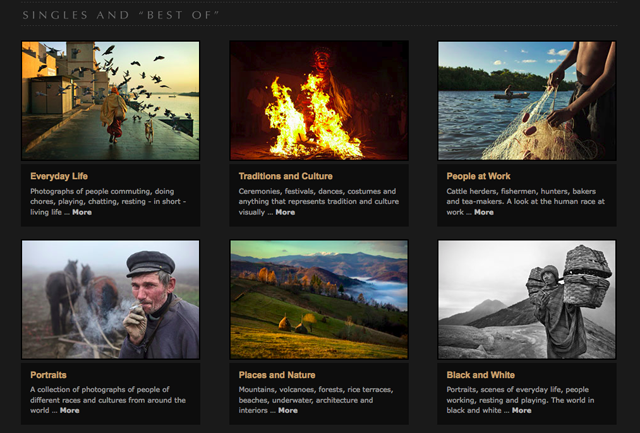
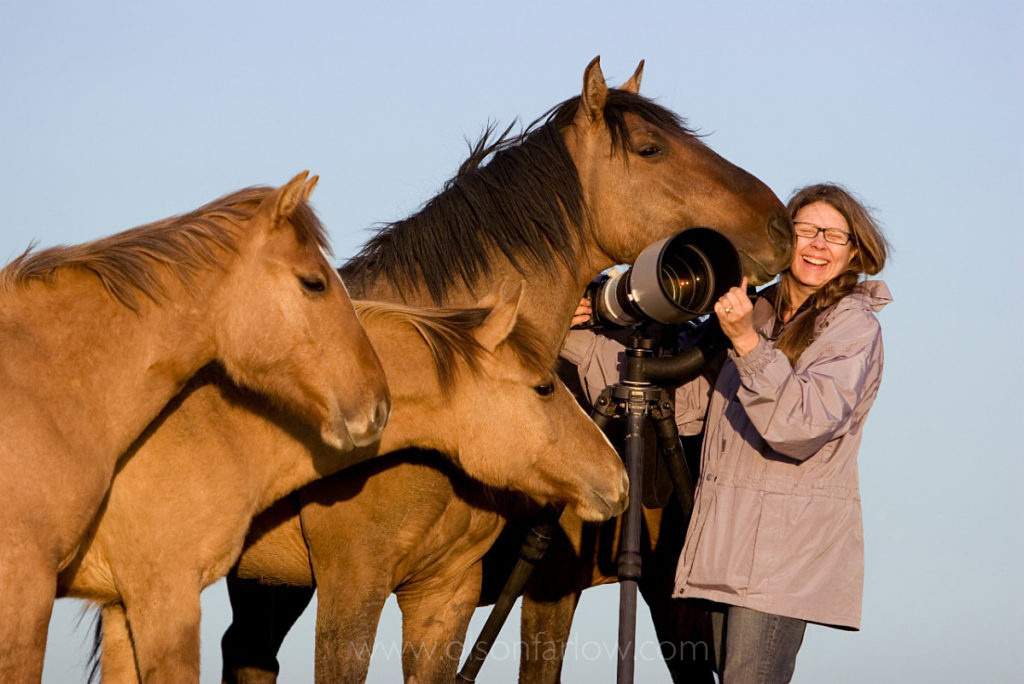
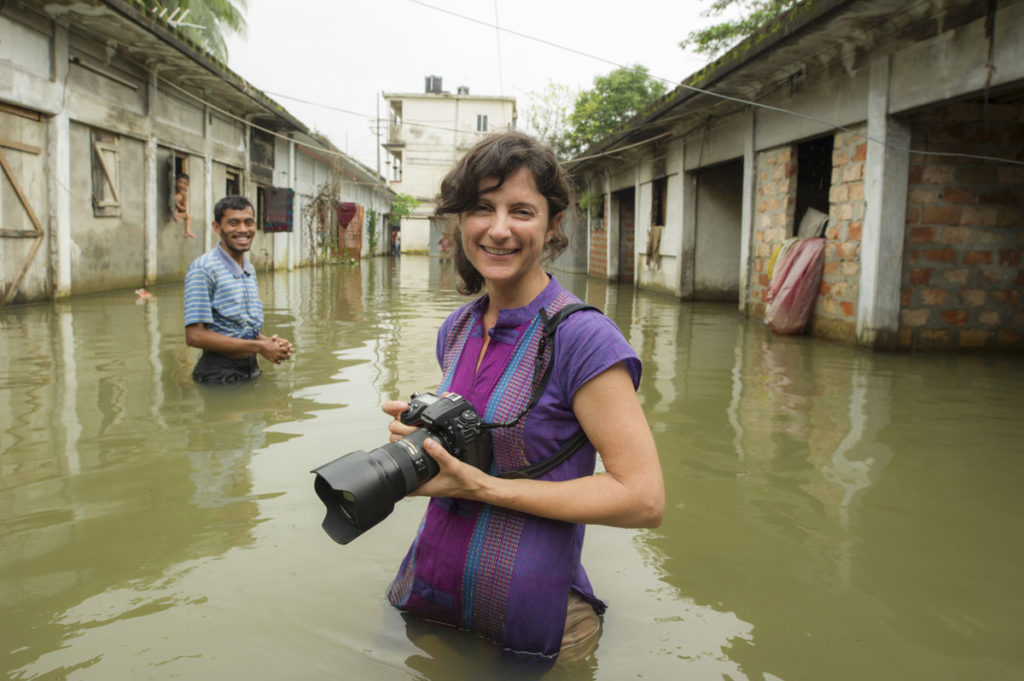

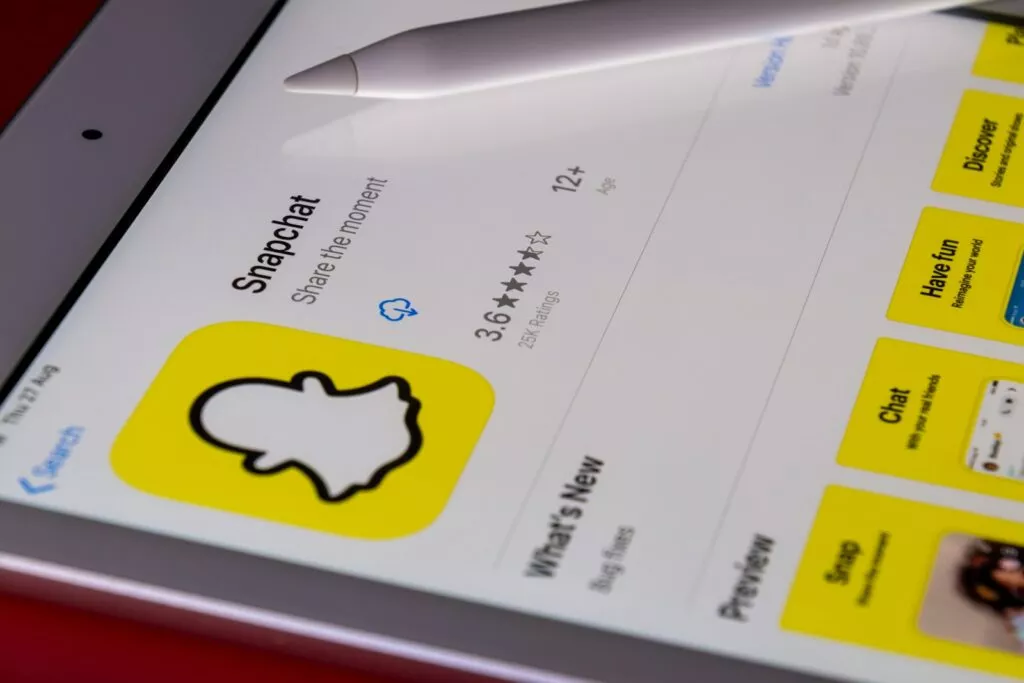



11 Comments
helpful article, thanks!
This is a really nice post. Def key to successful portfolios, for real.
I’m no professional photographer (frankly I’m more a baboon with a Nikon) but I love showing off my work and I used a wordpress theme called myphoto for my portfolio, was really easy to set up and was free, a good solution. Great post – cheers.
Great article. What is a good site to use to present a portfolio like this?
Have you tried Photoshelter? Depending on what your needs are this may be something to look into.
I love smugmug
http://www.csimon.smugmug.com
I have used portfoliobox for a while now, it’s really great and cheap.
I really enjoyed the pointers presented and this greatly helps broaden my scope in the relm of photography.
Great read. Thanks.
Nice article Jacob! I’d like to add something, hope that’s ok:) Besides the portfolio website which is your online portfolio base, the ‘connected digital portfolio’ offers more opportunities to work with. I think that besides presenting work online for everybody to see, that presenting specific bodies of work to a specific person or company can really get things started. Targeted and personal. We used to or still do this with portfolio books, but it’s now really easy to e-mail a link to a password protected online gallery, or visit face-to-face and use the portfolio on your iPad. I believe that the ones who find a way to present their work and portfolios in an active and dynamic way are ahead of the pack.
Great article! Especially where you talk about showcasing your best work as more and more client will be going to judge you on the basis of the portfolio. Adding contact me page with easy navigation surely going to help in standing out from others.
Thanks